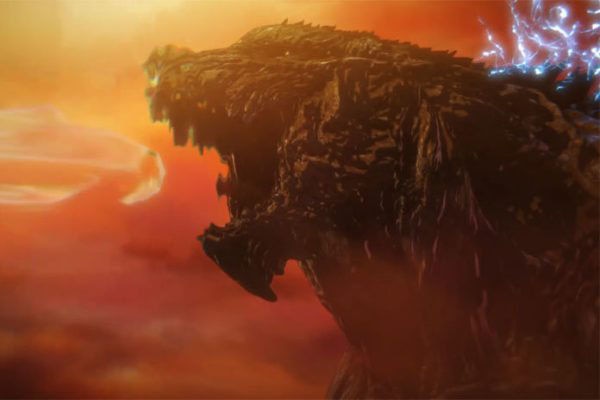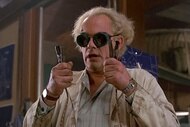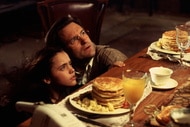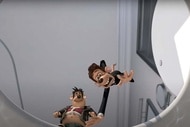Create a free profile to get unlimited access to exclusive videos, sweepstakes, and more!
The best thing about Netflix's Godzilla anime trilogy is its core
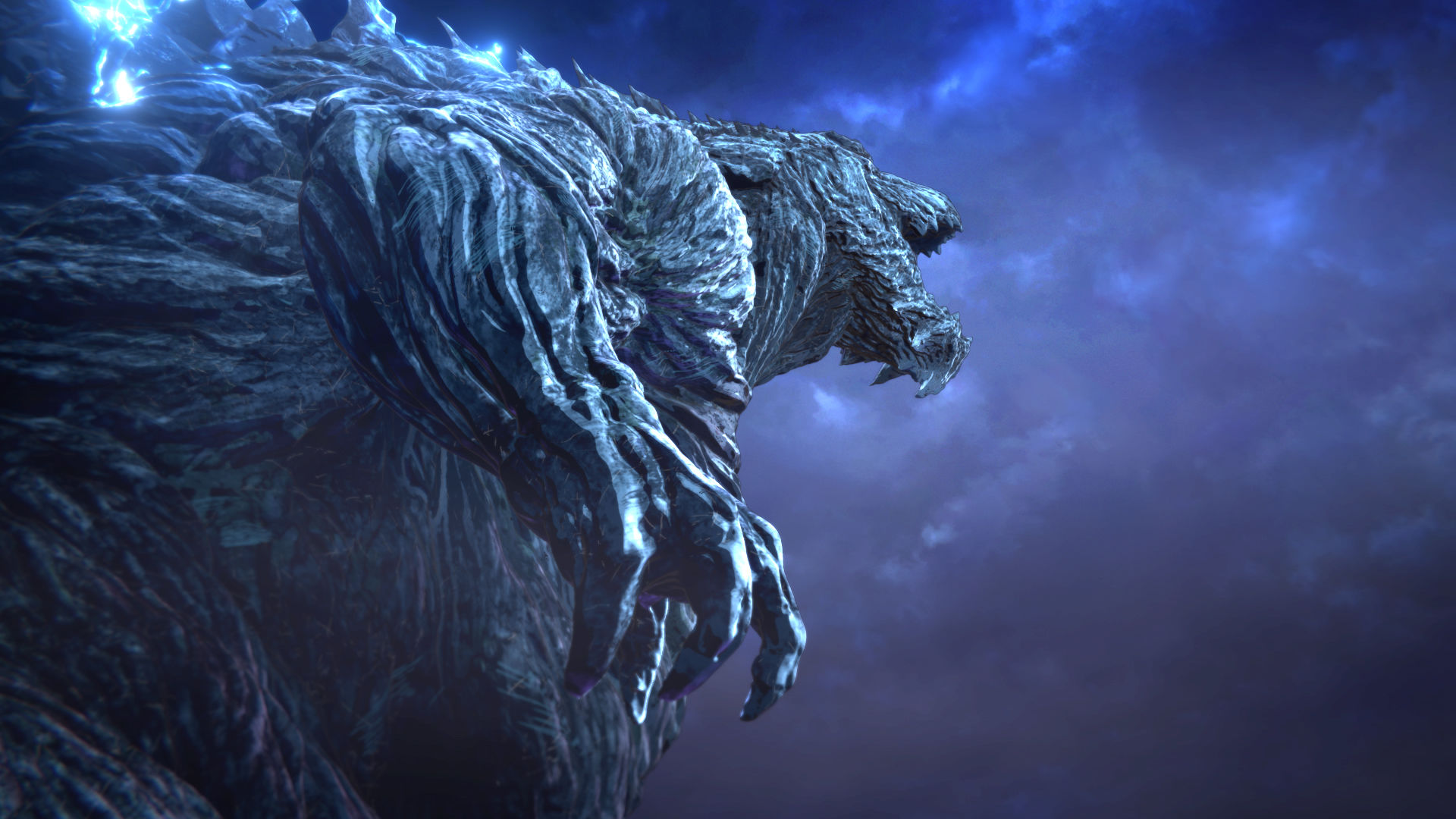
Recently, Netflix released the final chapter to its trilogy of computer-animated Godzilla films, Godzilla: The Planet Eater. Following Godzilla: Planet of the Monsters and Godzilla: City on the Edge of Battle, it finished the story of a group of humans (and a few races of aliens) that returned to Earth many years after it had been rendered uninhabitable by an onslaught of giant creatures. But as it turns out, Earth has only gotten less hospitable, as not only do they have to deal with multiple monsters, but also a Godzilla that is roughly the size of a small European country.
The reaction to these films has been "mixed," which is the term you use when you've seen a movie be called anything from "oddly interesting" to "it literally almost killed me when I watched it." Most of the criticism is aimed at the fact that the animation isn't the prettiest, and that there isn't enough monster fighting. To that first criticism, all I can really say is "bummer." But to the second, I gotta remind you that Godzilla has traditionally been barely interested in starring in the movies that are named after him. Showing up for a few minutes at the end has always kind of been his thing.
However, in spite of this response, I found some moments of real beauty in this trilogy. See, Godzilla has always stood for stuff, whether it's an allegory for war, or a reason to stop polluting, or a message of doom to all aliens that dare to build lizard-shaped robots. In the latest major films, 2014's Godzilla and 2016's Shin Godzilla, Godzilla stood for the balance of nature and the threat of nuclear disaster, respectively. In short, he's always kind of been there to say, "Hey, maybe stop messing up the planet. This is, like, where we live, y'all."
He's never actually been the planet, though. And this trilogy changed that.
Yes, having this Godzilla emerge from a mountain and then having all media around the films refer to this new incarnation as "Godzilla Earth" is a little hamfisted. It's kind of like getting a documentary about teaching your kids to eat vegetables to be hosted by Terry the Talking Turnip. But there's something super-elemental about it that I don't think the series has tapped into effectively until now. Godzilla's always been around to save the earth and to tip the scales when times seem tough. He's like a "Knock Out King Ghidorah" cheat code that you put in when you don't have any lives left.
But here, he isn't Earth's savior. In fact he's a part of Earth, just as notable as air or water. You can't really kill him, mostly because he's just too dang big, and also because trying to would irrevocably change the world itself. In the second film, City on the Edge of Battle, they're presented with the option of stopping Godzilla, but it would mean opening up the planet to be consumed by nanometal. Changing the status of Godzilla means changing the status of Earth.
And speaking of nanometal, it's no surprise that, following with this theme, MechaGodzilla is not present here as a towering robot with a Godzilla facelift, but as an entire city. Because MechaGodzilla is an element, too. It represents man's attempt to take control and prosper over everything, but almost as important in the grand scheme of things, it's a looooooooot of metal.
King Ghidorah shows up in the final film, and while its form is a liiiiiiiittle bit more recognizable (you get some of the classic Ghidorah screeches and the three heads), it's also changed to fit the elemental theme. This Ghidorah alters time and space and matter. It's almost not part of this reality, meaning that you can't easily stop it by just ripping off one of its heads like you could in the past. It's a part of the universe, too, natural and forever.
As heavy-handed as it seems, I really like this approach to Godzilla in this limited trilogy format. It's fairly nihilistic, as it portrays reality less as something that we can fix, but something that will inevitably either save us or doom us, potentially in equal measure. But it's also kind of cool to see a Godzilla that we actually have to learn to coexist with.
In Shin Godzilla, they basically banded together to use good science in order to stop that bad science that was the Big G. In the latest Hollywood film (and its upcoming sequel, which I am very much looking forward to), Godzilla is humanity's equalizer, and our tag-team partner to switch with whenever Mothra and "Rowdy" Roddy Piper are beating us up.
But in the Godzilla anime trilogy, Godzilla is finally the tornado or earthquake that Raymond Burr's Steve Martin character mentioned in the end of Godzilla 1985. Even in The Planet Eater, he's compared to those natural disasters. You can prepare for him and you can survive him, but he'll always be there. He's the mountains and the oceans and the sky. He's Godzilla Earth.
And now, let's all listen to the theme song for this movie. I don't know if I like it yet, but that hasn't stopped me from listening to it about a dozen times.
Daniel Dockery has a Twitter where you can find him discussing important things like Godzilla and tequila, often at the same time.
The views and opinions expressed in this article are the author's, and do not necessarily reflect those of SYFY WIRE, SYFY, or NBC Universal.

